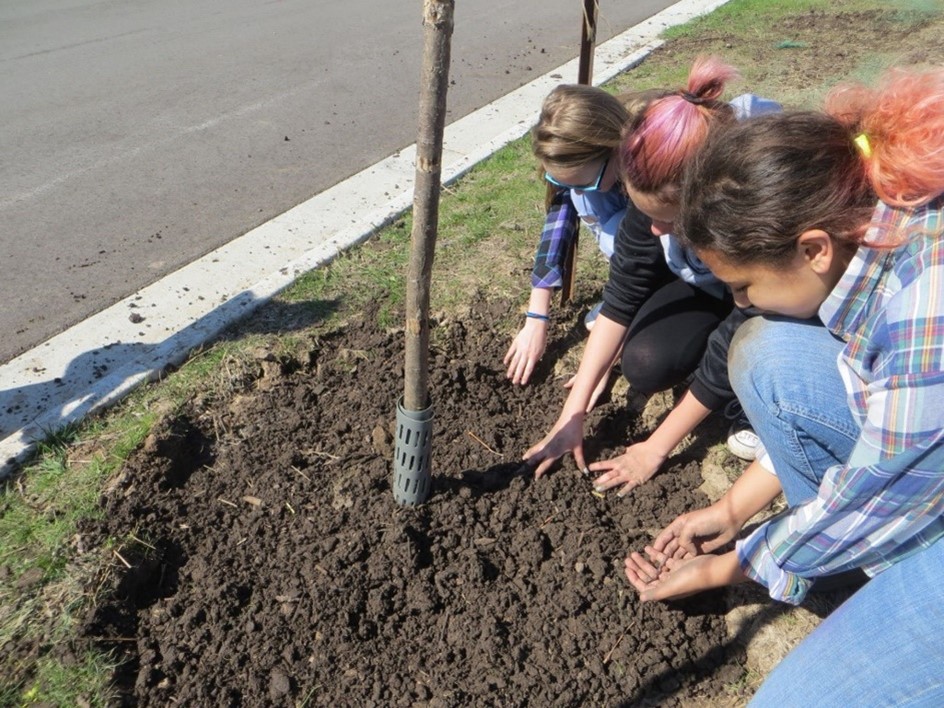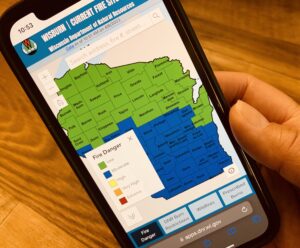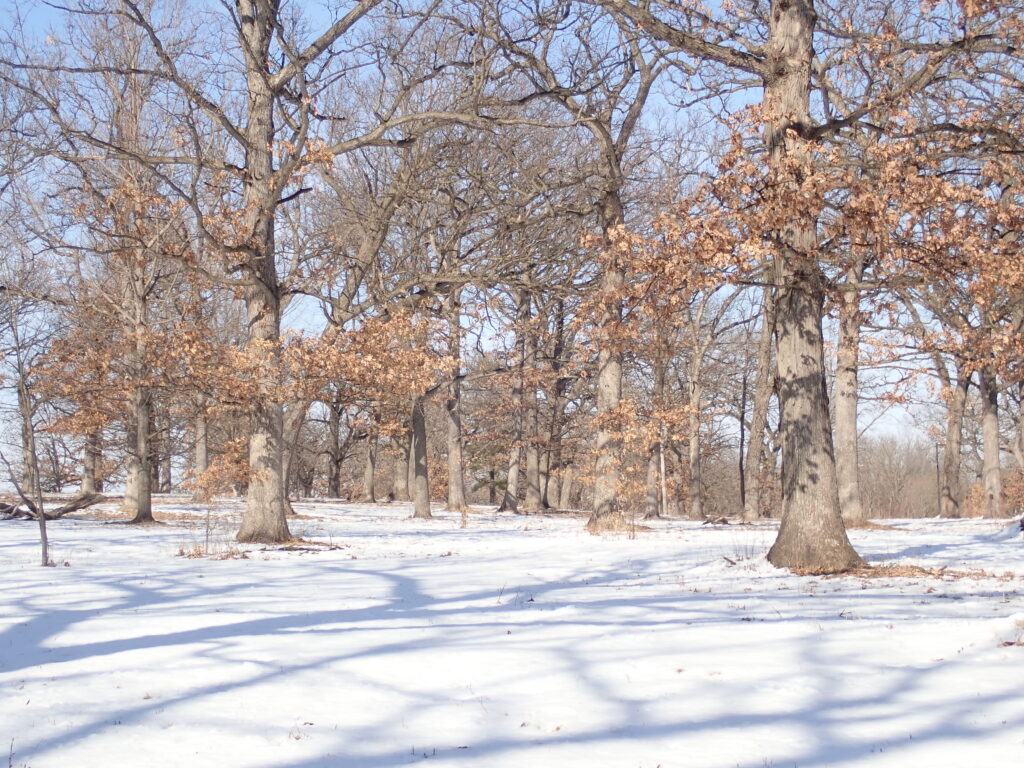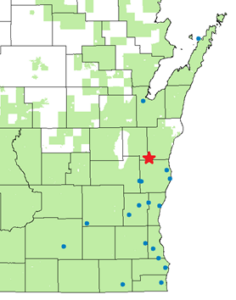The Urban and Community Forestry (UCF) Inflation Reduction Act (IRA) Notice of Funding Opportunity (NOFO) has been announced. Please see the USDA press release here.
Overview:
The Forest Service is making up to $1 billion available in Urban and Community Forestry competitive grants for investments that:
- increase equitable access to urban tree canopy and associated human health, environmental, and economic benefits in disadvantaged communities
- broaden community engagement in local urban forest planning
- improve community and urban forest resilience to climate change, pests and storm events through best management and maintenance practices
Continue reading “Applying Directly To The Forest Service For Inflation Reduction Act Funds”


 This year, Arbor Day will be observed in Wisconsin on Friday, April 28. Please see below for some tips for planning your own celebration.
This year, Arbor Day will be observed in Wisconsin on Friday, April 28. Please see below for some tips for planning your own celebration. Keep reading for a variety of ideas with differing levels of involvement, from in-person events to social media and more. Feel free to use none of these ideas or all of them and change them in any way you like. Use them as a starting point and make them your own or post them as-is.
Keep reading for a variety of ideas with differing levels of involvement, from in-person events to social media and more. Feel free to use none of these ideas or all of them and change them in any way you like. Use them as a starting point and make them your own or post them as-is.


